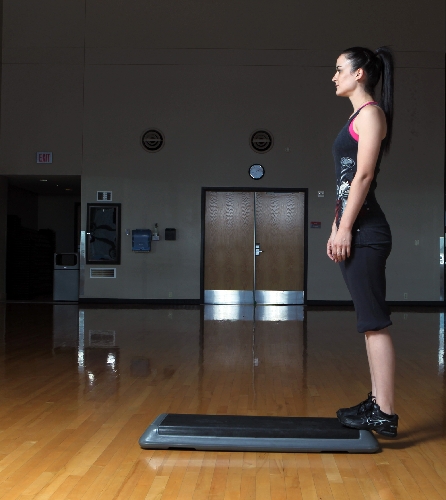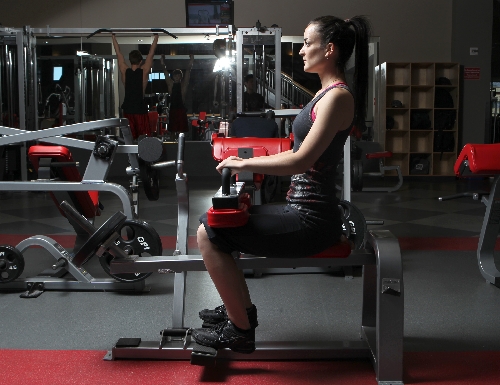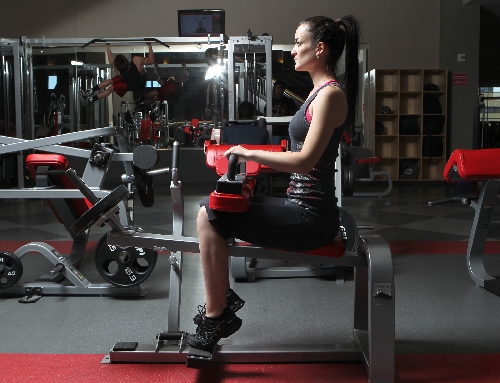Calf muscles play key part in body’s support network




They’re with you every step of the way. Though they don’t talk or listen to your problems, they are a source of constant support for you and the arch of your foot. They also look great in heels.
Calves help the body balance and stabilize when moving.
Learning anatomy, I was surprised to find out how many muscles make up the lower leg. They work together to move the foot side to side and up and down. They also assist in holding up the arch on the bottom of your foot and in stabilizing your ankle.
First, a little anatomy.
There are five major calf muscles.
The anterior tibialis attaches from the front of the knee to the front of the foot and is used in raising the toe and rotating the foot outward. It also holds up the arch of the foot.
The posterior tibialis attaches from behind the knee to the inside of the ankle and is used to point the toe and rotate the foot inward. It too holds up the arch of the foot.
The soleus attaches from behind the knee to the heel and is used to point the toe.
The gastrocnemius is on the back of the lower leg and visible when flexed. It is also used to point the toe.
The peroneus longus is on the outside of the leg and attaches from the knee to the top of the foot. Its job is to point the toe and rotate the foot outward.
If any of these muscles are tight or knotted they will not function properly and will force the other muscles to work harder to make up the slack. The calf muscles can become slowly tight and knotted over a period of time leading to postural deviations and possible injury.
See last week’s column on foam rolling/SMR for details on how to inhibit overactive and knotted muscles. (www.lvrj.com/smr)
Efficient calves are used in all sports and activities that rely on the legs. Training the calves with weight resistance, flexibility (SMR and stretching) and light lower-body plyometrics (like jump rope) will ensure that they will perform properly on the court or playing field.
Most exercises that work the legs also will work the calves. Squats and lunges develop the calves by requiring them to stabilize the leg so the large muscles like the hamstrings, quadriceps, and glutes can do the heavy lifting.
Defined calves can be easy for some to develop and difficult for others. Those with developed calves might want smaller ones and vice versa. Attainable calf size and definition is greatly dependent on your genetic makeup. But, you can still achieve strength and stability through proper training. The muscles work, blame mom and dad for how they look.
The exercises I describe above will isolate the calves and can be used to tone or build the muscles of the lower leg. When toning muscles, repetition ranges of 15 to 20 with lighter weights are used. When building muscles, repetition ranges of 10 to 12 are used with heavier resistance.
Chris Huth is a Las Vegas trainer. You can contact him at 702trainer@gmail.com. Before beginning any exercise program, consult your physician.
Photos for this column were taken at UNLV’s Student Recreation and Wellness Center. Although the facility’s primary clientele is students, faculty and staff, the center also welcomes community members 18 and older at a monthly fee of $25. You can contact the service desk at 774-7100 or by email at srwc.memberships@ unlv.edu.











